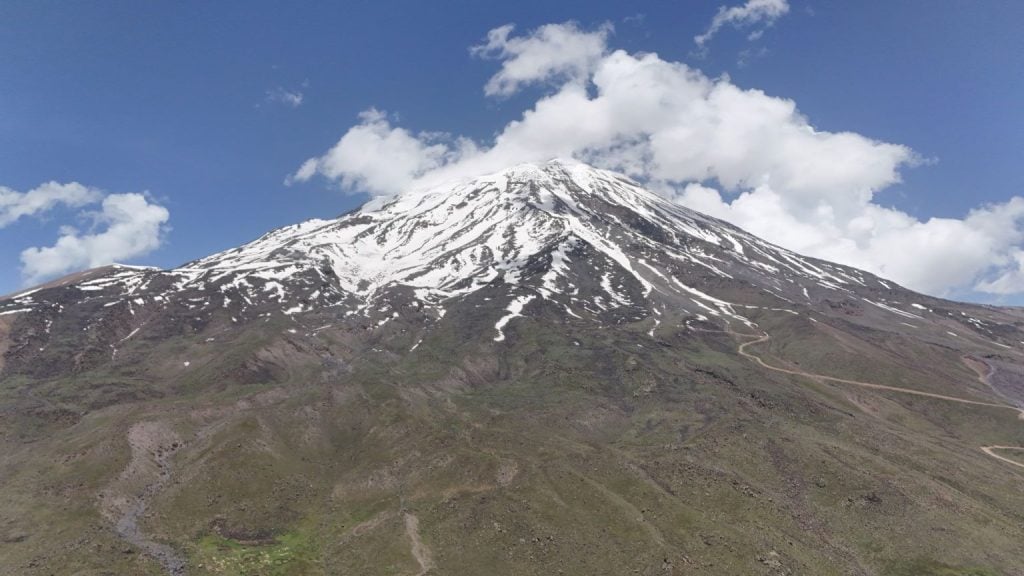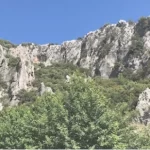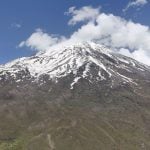Turkey’s Majestic Volcanic Mountains and Detailed Climbing Guide
Turkey’s volcanic mountains are not only breathtakingly beautiful but also rich in geological, ecological, and cultural significance. These ancient geological giants, scattered across Anatolia, offer an incredible range of experiences—from technical mountaineering to tranquil treks, from crater lakes to snow-capped summits. This guide brings together Turkey’s most iconic and lesser-known volcanic peaks into one comprehensive resource for adventurers, geologists, photographers, and trekkers alike.
Why Volcanic Mountains Matter in Turkey
Straddling the Alpine-Himalayan orogenic belt, Turkey’s geology is defined by tectonic uplift, fault lines, and long-dormant volcanic activity. The result? A dramatic and diverse mountain landscape that offers a window into Earth’s fiery past. Volcanic mountains here have shaped microclimates, influenced early human settlements, enriched soils for agriculture, and today—draw climbers from all over the world.
Turkey is home to over a dozen significant volcanic structures, each with its own personality. Some are deeply integrated into cultural myths and religious narratives, while others are pristine ecological havens with limited human impact. Whether you’re chasing altitude or exploring history, Turkey’s volcanoes offer a unique climbing ecosystem within Eurasia.
Mount Ararat (5137 m): Roof of Turkey
Mount Ararat, a dormant stratovolcano in Eastern Anatolia, is not only Turkey’s highest peak but also its most iconic. Towering above Doğubayazıt, the mountain is enshrined in legend as the final resting place of Noah’s Ark. Climbing Ararat is a rite of passage for many adventurers.
Logistics & Climbing Overview
- Region: Ağrı Province, Eastern Turkey
- Approach: 3–4 day guided expedition
- Base & High Camps: 3200 m and 4200 m
- Permit Required: Yes
- Terrain: Glacial, snow-covered year-round
Highlights & Tips
- Unparalleled sunrise views from the summit
- Pre-acclimatization strongly recommended (consider Süphan first)
- Popular among international groups; early booking advised in summer
Mount Süphan (4058 m): Serenity Above Lake Van
Less trafficked and deeply scenic, Mount Süphan dominates the northern shores of Lake Van. As Turkey’s second-highest volcano, it’s ideal for climbers looking for solitude, floral richness, and broad crater panoramas.
What to Expect
- Starting Points: Adilcevaz – Aydınlar
- Camping Zones: 2800–3200 m
- Summit Day: 10–12 hours round trip
- Difficulty: Moderate, non-technical but steep final slope
Unique Attractions
- Spectacular views of Lake Van
- Wild alpine flora in late spring
- Great option for acclimatization
Mount Erciyes (3917 m): Cappadocia’s Alpine Neighbor
Erciyes is a textbook stratovolcano located near Kayseri, in Central Anatolia. Renowned for its modern ski resort, it also offers exciting summer trekking and mountaineering routes. Accessible and scenic, it’s an excellent first big peak.
Key Details
- Access: Via Kayseri – year-round transport
- Best Climbing Period: June to September (snow-free)
- Technical Gear: Not needed in summer; full alpine kit for winter ascents
- Lodging: Hotels, lodges, ski facilities nearby
Mount Hasan (3268 m): Gateway to the Ancient World
Situated between Aksaray and Niğde, Mount Hasan is a twin-peaked dormant volcano offering moderate trekking with immense views of Cappadocia’s moonscape. Routes pass over basalt fields and ancient lava channels.
Overview
- Trailhead: Helvadere Village
- Ascent Duration: ~8–10 hours (round trip)
- Difficulty: Easy to moderate
- Extras: Combine with a trip to Ihlara Valley and Derinkuyu underground city
Mount Nemrut (Bitlis) – 2935 m: Crater of Wonders
Not to be confused with the monument-laden Adıyaman Nemrut, this volcano in Bitlis shelters one of the largest calderas in the country. Inside lie warm and cold lakes, steaming vents, and unique rock formations.
Camping and Exploration
- Start Point: Tatvan
- Camping Areas: Within crater basin
- Photographic Opportunities: Sunrise mist, stargazing, crater ridgelines
- Weather: Quick shifts; always bring layers
Other Noteworthy Volcanic Landscapes
Karacadağ (Diyarbakır – 1957 m)
Once a vast basalt plain, this shield volcano is of great archaeological interest—possibly home to the earliest known farming communities.
Göllüdağ (Niğde – 2172 m)
Featuring ancient fortifications and dome lava flows, Göllüdağ is a lesser-known yet geologically fascinating hike.
Tendürek (Van – 3533 m)
Wild and rarely visited, Tendürek sits between Ağrı and Van and requires local knowledge due to its rugged terrain and limited trail definition.
Trekking Culture, Geotourism & Responsible Exploration
Turkey’s volcanic peaks are gaining recognition not just from mountaineers, but from a broader eco-tourism community. New efforts in geopark designation, educational trails, and community-based guiding models are emerging.
Sustainable Tips
- Carry reusable gear and avoid disposable plastics
- Travel off-season to reduce strain on peak areas
- Learn a few Turkish phrases to engage respectfully with locals
- Respect religious and cultural sensitivities in Kurdish and Armenian regions
A Land Forged by Fire
Whether you’re climbing Ararat for its mythic status, camping under the stars at Nemrut’s crater lake, or training on Erciyes’ ridges, Turkey’s volcanic mountains offer not just ascents—but immersive stories.
These peaks are open-air museums, ecological sanctuaries, and cultural monuments rolled into one. As interest in Turkey’s wilderness grows, so does the importance of preserving these mountains for future generations of explorers.
Suggested Internal Links:



